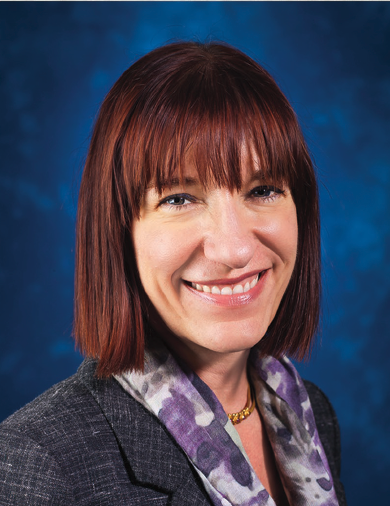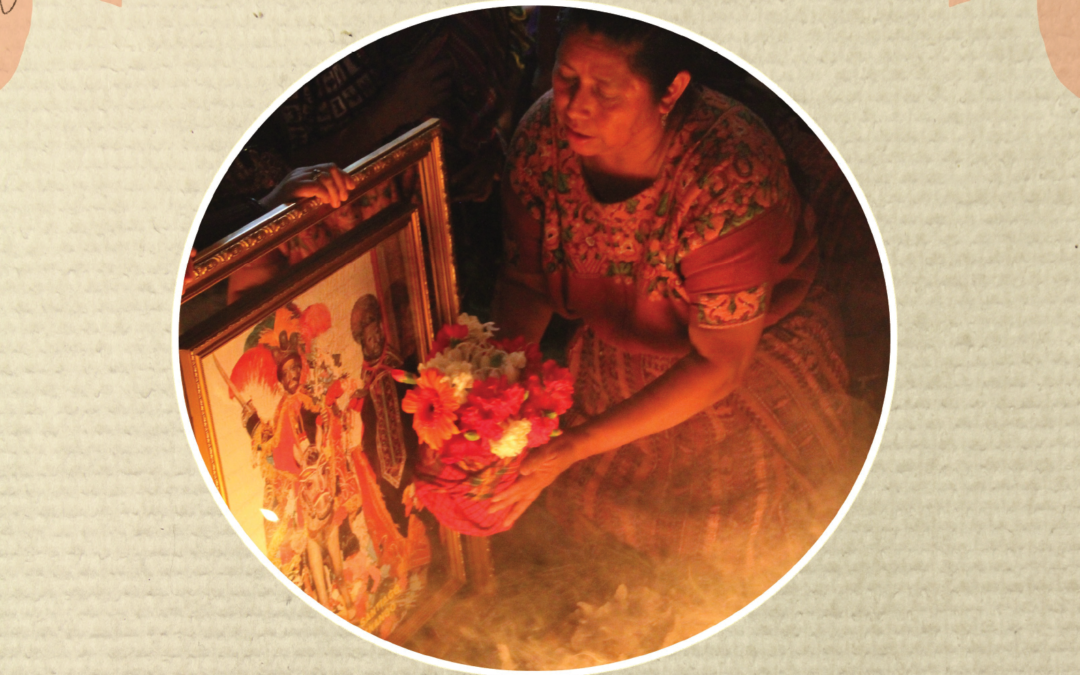
Rhonda Taube
NIU art history alumnae Rhonda Taube, professor and chair, department of art and art history at Riverside City College in Riverside, Calif., is presenting the lecture, “Xena Warrior Princess Meets Efraín Ríos Montt: Contemporary Maya Dance and Pop Culture Imagery in Highland Guatemala,” Tuesday, March 26 at 5 p.m. in room 100 of Jack Arends Hall the visual arts building on the main campus. Taube’s lecture is part of the Elizabeth Allen Visiting Speakers in Art History, which has featured all alumni of the School of Art and Design in celebration of the 50th anniversary of Jack Arends Hall.
Nestled deep in the heart of the western highlands, Momostenango, Guatemala, annually hosts a variety of customary, ritual dance-dramas performed during the féria, the public festival dedicated to Santiago Apóstol, the patron saint of the community. This lecture explores how the contemporary events in Guatemala, such as the recently ended armed conflict, the consolidation and spread of globalized mass culture, and the rise of transnational migration to the United States have contributed to the development of new forms of religious worship, often expressed as dances. These events often create and differentiate the social, political, and religious boundaries of particular populations within and outside of the community. In addition to functioning as comic, festive events that feature foreign elements, these dances also operate as a site for the production of identity by signifying gender, class and ethnic affiliation. The organizational structure of the dance societies, the days on which the dances appear, and the types of costumes the dancers wear symbolize their place within society and how they connect to the outside world. This lecture investigates how local Guatemalans draw on foreign images to produce local meaning during the féria and which meanings are shared within society and the methods andmeans of linking community reality with its ideality through public ceremonial life.
The lecture is free and open to the public.



